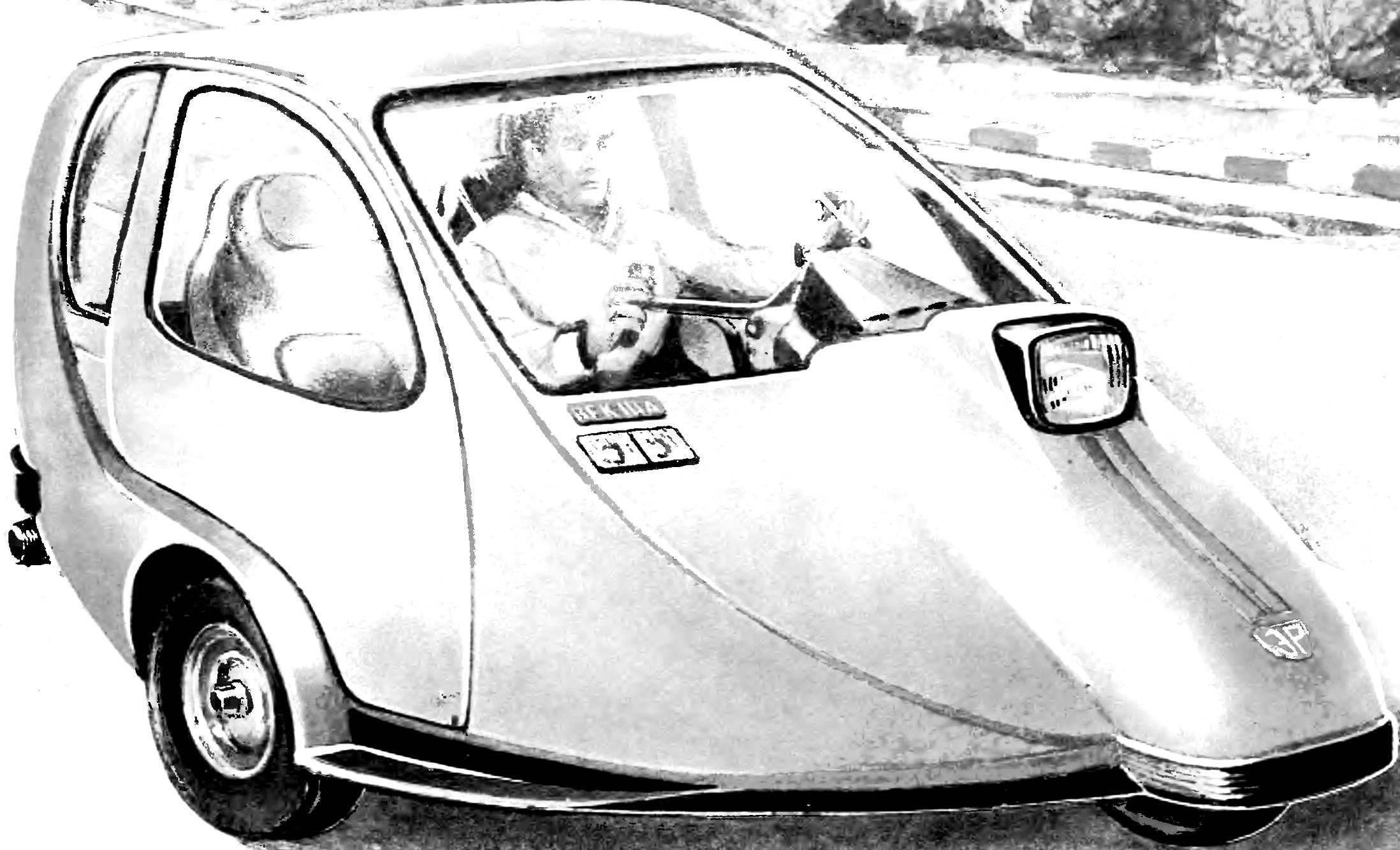 They parted ways at the dawn of the automobile, and since then, the development lines are not intersecting until now… we are Talking about a motorcycle and car.
They parted ways at the dawn of the automobile, and since then, the development lines are not intersecting until now… we are Talking about a motorcycle and car.The first has always attracted consumers and their qualities of speed, maneuverability, and simplicity, and, importantly, relatively low retail price. The only quality always been fair criticism: motorcycle, unfortunately, does not provide even basic comfort. Among them, and the inconvenience of landing — top, in position, resulting in long trips to the numb muscles. Yes, and “jump” in the saddle of a motorcycle not too comfortable — this equally applies to the driver and the passenger.
A considerable disadvantage of a motorcycle is its complete vulnerability to weather conditions, which makes this vehicle almost summer. Not only that: even in good warm weather, the rider has to equip yourself accordingly to protect yourself from the wind and dust. Well, among other things, the vulnerability of the driver and passengers not contribute to of risk of injury at.
The solution suggests, I think, is obvious: to provide a motorcycle with a lateral trailer the closed fairing, a motorcycle saddle-bag to replace two adjacent automobile seats. Here’s a motorcycle, I think, would be free from the above disadvantages of the tools of daily use.
